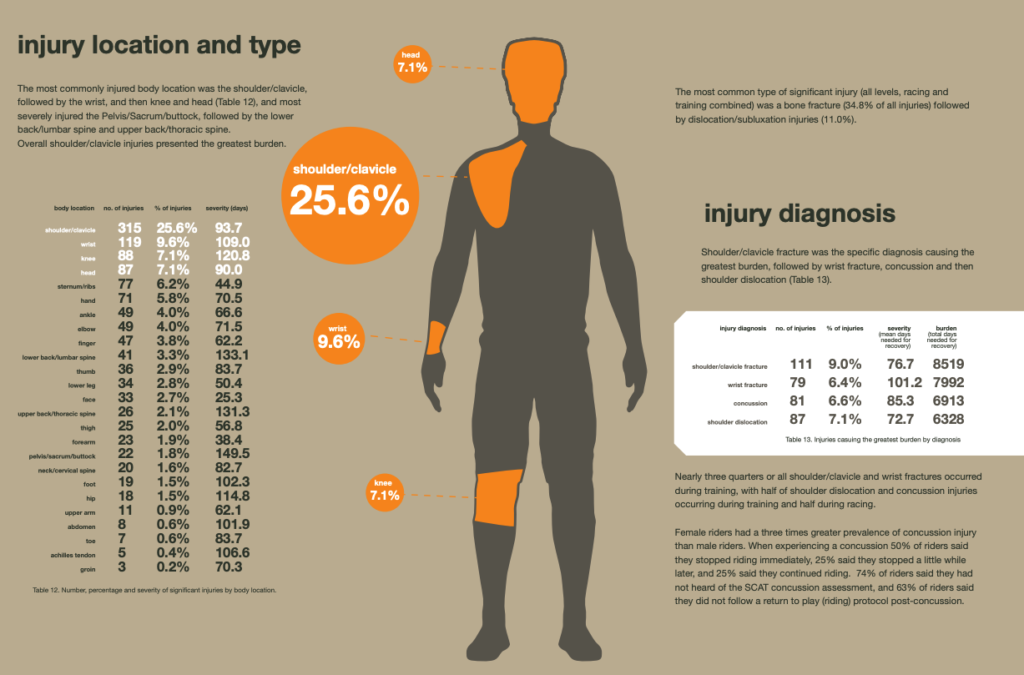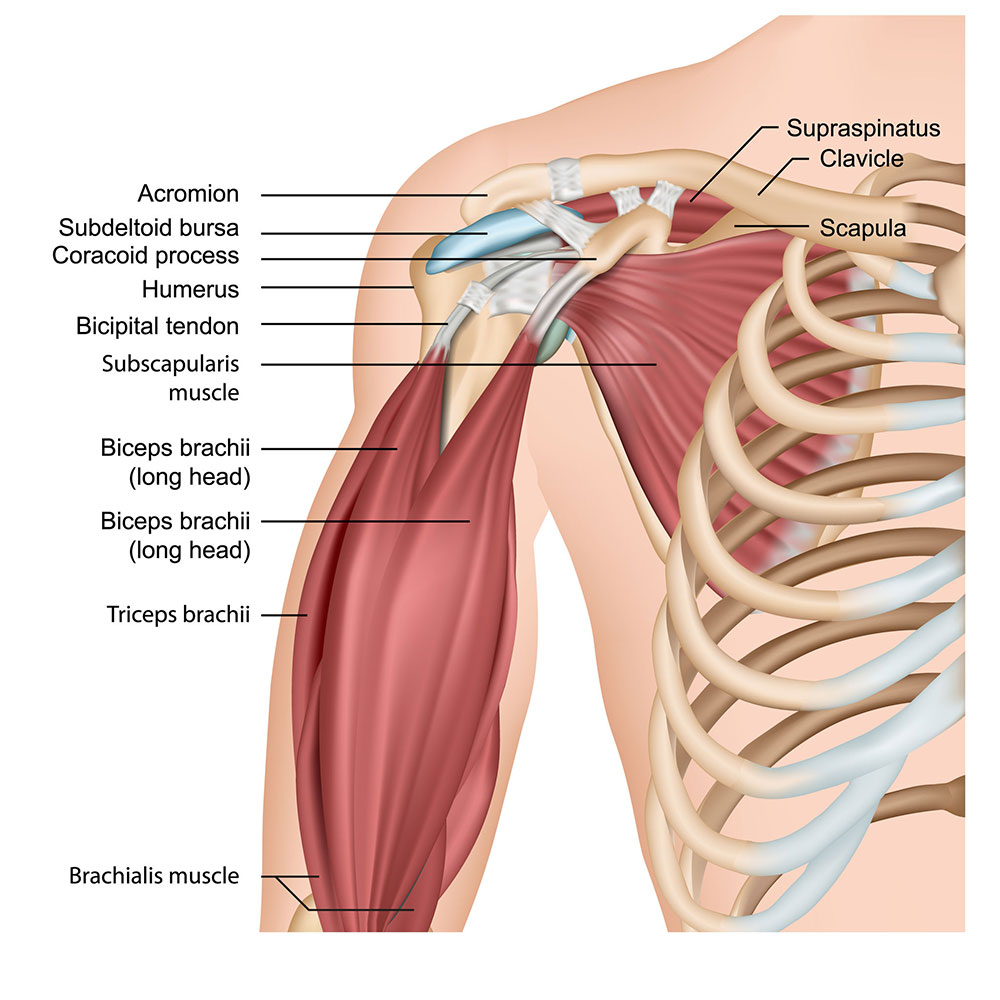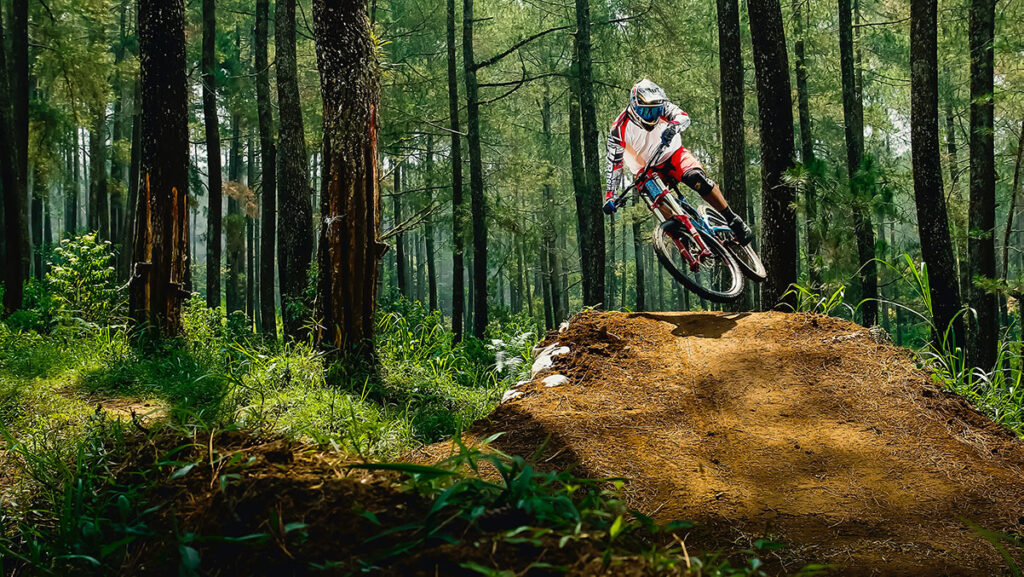The Most Common Mountain Biking Injuries: Stats and Types of Injuries
As soon as the snow melts and trails dry, mountain biking enthusiasts hit the mountains. Riders of all levels—whether beginners, weekend warriors, or daily adrenaline junkies—face the risk of injury. Expect to encounter common mountain biking injuries, regardless of your experience level.
Mountain biking is exhilarating, driving many riders to push their limits. However, it’s also risky. Rocks, trees, boulders, bike choices, and other riders pose constant hazards. No matter your preparation or caution, these risks are always present.
A study by the Enduro World Series revealed that 40.7% of 1,940 Enduro riders reported significant injuries lasting over a month. Shoulder and clavicle injuries accounted for 25.6% of these injuries. Wrist injuries followed at 9.6%, while knee and head injuries each made up 7.1%. Concussions ranked as the third most common diagnosis, affecting 4% of all riders.
A 2012 study in Wilderness and Environmental Medicine found similar results among 772 injured Whistler Mountain Bike Park patients. Out of these patients, 442 experienced fractures, including 122 clavicle fractures and 109 broken wrists. Additionally, one in seven suffered head trauma, highlighting the seriousness of these injuries.
Types of Mountain Biking Injuries
Studies show that shoulder, wrist, knee, and head injuries are the most frequent among mountain bikers. Additionally, mountain bikers often experience unique injuries specific to the sport. For instance, collarbone fractures and wrist sprains are common due to falls. Knee injuries result from overuse, while head trauma often occurs in severe crashes. Understanding these patterns helps you anticipate risks and take preventive measures.
Mountain Biking Shoulder Injuries
Clavicle Fracture
A clavicle fracture (also known as a broken collarbone) is extremely painful and can make it difficult to lift your arm, as the clavicle is the part of the shoulder that connects your arm to your sternum (rib cage). While clean fractures may be treated with immobilization, more complicated clavicle breaks may require shoulder surgery.
Most broken collarbones from mountain biking occur when riders flip over their handlebars or reach out an arm to break a fall. While the American Academy of Orthopedic Surgeons states that clavicle fractures make up 5% of all adult fractures, it’s pretty safe to say that broken collarbones make up a much larger percentage of mountain biking injuries.
Acromioclavicular (AC) Joint Separation
An AC joint separation, involving the clavicle, usually results from a direct fall onto the shoulder. The AC joint connects the collarbone (clavicle) to the top of the shoulder blade (acromion). This injury happens when the ligaments stabilizing the AC joint are torn. As a result, the arm’s weight pushes the shoulder blade upward, causing a noticeable deformity.
Hand and Wrist Injuries
Skier’s Thumb
Wrong season, same mountain, same injury. Mountain bikers that fall on an outreached hand are susceptible to an ulnar collateral ligament injury – also known as Skier’s Thumb. In most UCL tears of the metacarpophalangeal joint (MCPJ), or thumb joint, the ligament is avulsed, or pulled away, from the thumb bone.
Wrist Fractures and Breaks
Like clavicle fractures and UCL tears, breaks of the hand, wrist and lower arm are common in mountain bikers who fall on an outstretched hand. Scaphoid fractures, in particular, are far too common and can be difficult to heal properly.
Mountain Biking Knee Injuries
Unlike most other injures, most mountain biking knee injuries are a result of overuse and/or poor bike fit. Incorrect saddle height, saddle positioning and foot placement can cause significant knee pain. Many riders, however, do experience mild to severe knee contusions and abrasions from crashes.
Concussions and Traumatic Brain Injuries (TBIs)
It’s no surprise that mountain bikers have a high propensity for concussions and traumatic brain injuries. As mentioned above, hazards such as trees, boulders and other riders often result in head-to-hazard contact – often at high speeds. Downhill mountain bikers, in particular, are prone to crashes involving head trauma.
So, the next time you hit the trail, please do so safely. Mountain biking is exhilarating – but it’s also dangerous.
If you’ve been injured in a mountain biking injury and would like to talk to an orthopedic specialist, please feel free to contact us.



4 Comments
Permalink
Husband broke his neck and is a quadriplegic from a mountain bike accident. Extremely experienced on a trail he had done many times in not a very technical spot either. Sometimes these things just jump and get you, especially after storms change the trail. Stay safe out there!
Permalink
Sorry to hear. Best wishes to your husband and you.
Permalink
Dislocated my left shoulder coming over the bars and reaching out in June. Tore everything off the bone and had a full shoulder reconstruction and bicep tendon shortened and drilled through my humerus. 20+ screws too. 12-24 months of rehab ahead, but I knew the risks and love the sport 🚴♂️🚴♂️
Permalink
My son got a concussion downhill mountain biking. It is a month plus and he is not better. Hit his head, then hit by the bike.
Do you really want to do this? Was a totally healthy kid before the accident.